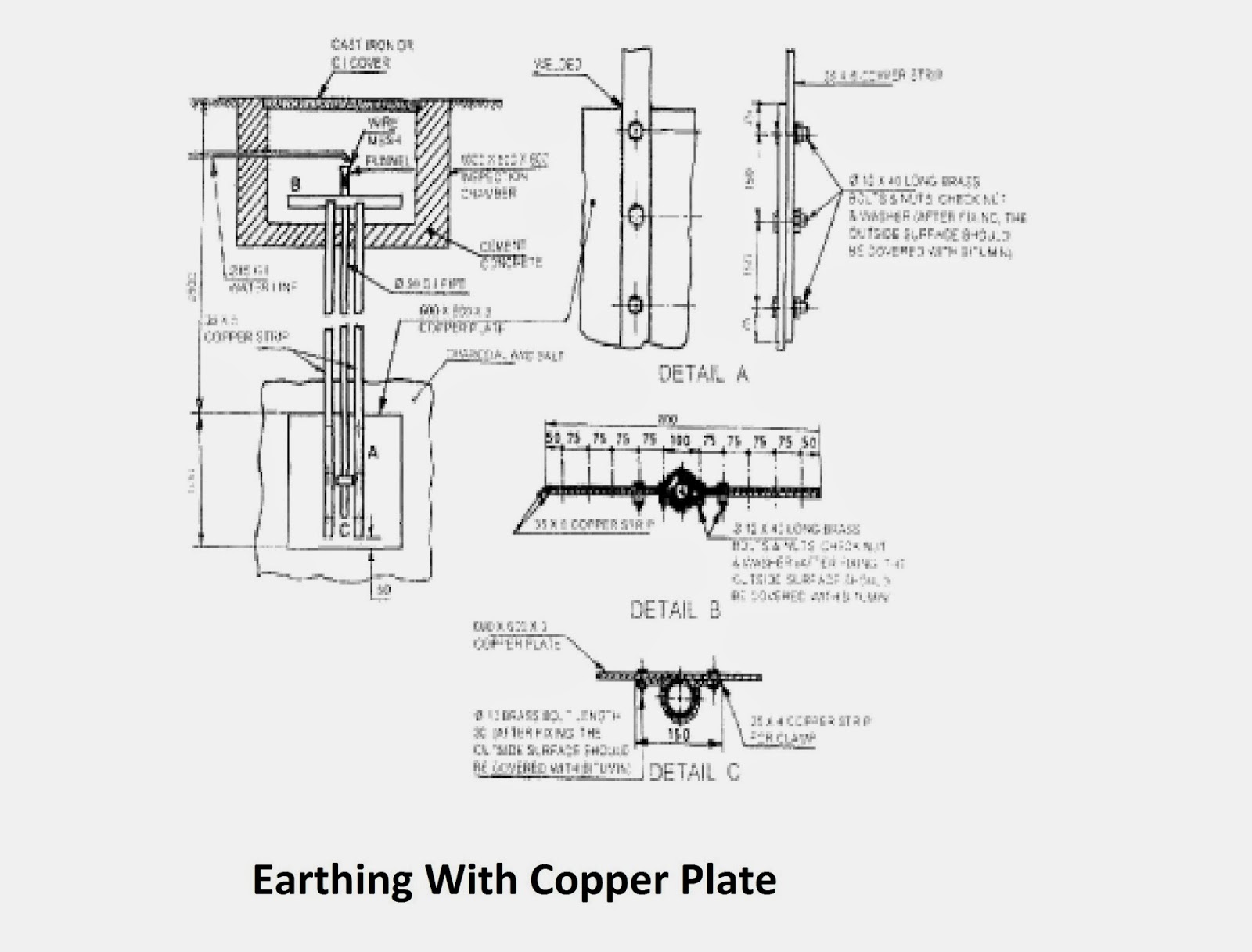Rotating Machines temperature measurement methods; Motors temperature
In every machine it becomes always very important to measure temperature of machines as we know what is ambient temperature on which machine runs and running temperature of machine, machine breakdowns can be reduced. If we know that machine temperature is rising then we can easily understand from that there is some abnormality with the machine. So it becomes prime importance to know and monitor the temperature of machines irrespective of their design. In this article we will study about various methods of temperature measurement.
Method of measurement of Temperature rise in Machines:-
In machines there is very difficult to measure temperature as there is complex heat flow through materials having different conductivities and heat transfer co-efficient.
There are following methods for temperature measurement in machines:-
1. Thermometer method
2. Resistance method
3. Temperature detector
1. Thermometer Method:-
Thermometer is usually applied at surface of machine. Therefore this method provides temperature of surface at one point of machine only. This includes non-embedded thermocouples and resistance thermometers provided they are applied to the points accessible to the usual bulb thermometers. When bulb thermometers are employed in places where there is any varying or moving magnetic field, alcohol thermometers should be used in preference to mercury thermometers as the latter are unreliable under these conditions.
2. Resistance Method:-
In this method temperature winding is determined by increase in resistance of winding. This method involves measurement of resistance of winding, both cold and hot, and estimating the average temperature rise by use of resistance temperature co-efficient.
The temperature rise T= T2-Ta
Ratio of resistance is :-
R2 = T2+k
R1 T1+k
Here T1 is the temperature (°C) of the winding (cold) at the moment of the initial resistance measurement;
T2 is the temperature (°C) of the winding at the end of the thermal test;
Ta is the temperature (°C) of the coolant at the end of the thermal test;
R1 is the resistance of the winding at temperature T1 (cold);
R2 is the resistance of the winding at the end of the thermal test;
k is the reciprocal of the temperature coefficient of resistance at 0 °C of the conductor material.
For copper k = 235
For aluminium k = 225 unless specified otherwise.
For particle purposes the following formula is used;-
T= T2-Ta= R2-R1(k+T1) + T1- Ta
R1
In case of A.C. Machines resistance measurements may be made without interruption of the test by method of Superposition which consists of applying a small DC measuring current superposed upon the load current.
3. Temperature detector method:-
In this method temperature detectors are embedded into machines during construction of machines. These detectors are may be Thermometers or thermocouples. There are approximately 6 detectors built into the machine and distributed around circumference and placed in positions along the length of the core at which highest temperatures likely to occur.
In this method detectors are protected from contact with cooling medium when the machine has two sides per slot, the detectors are located between the insulated coil sides within the slot.

Comments
Post a Comment